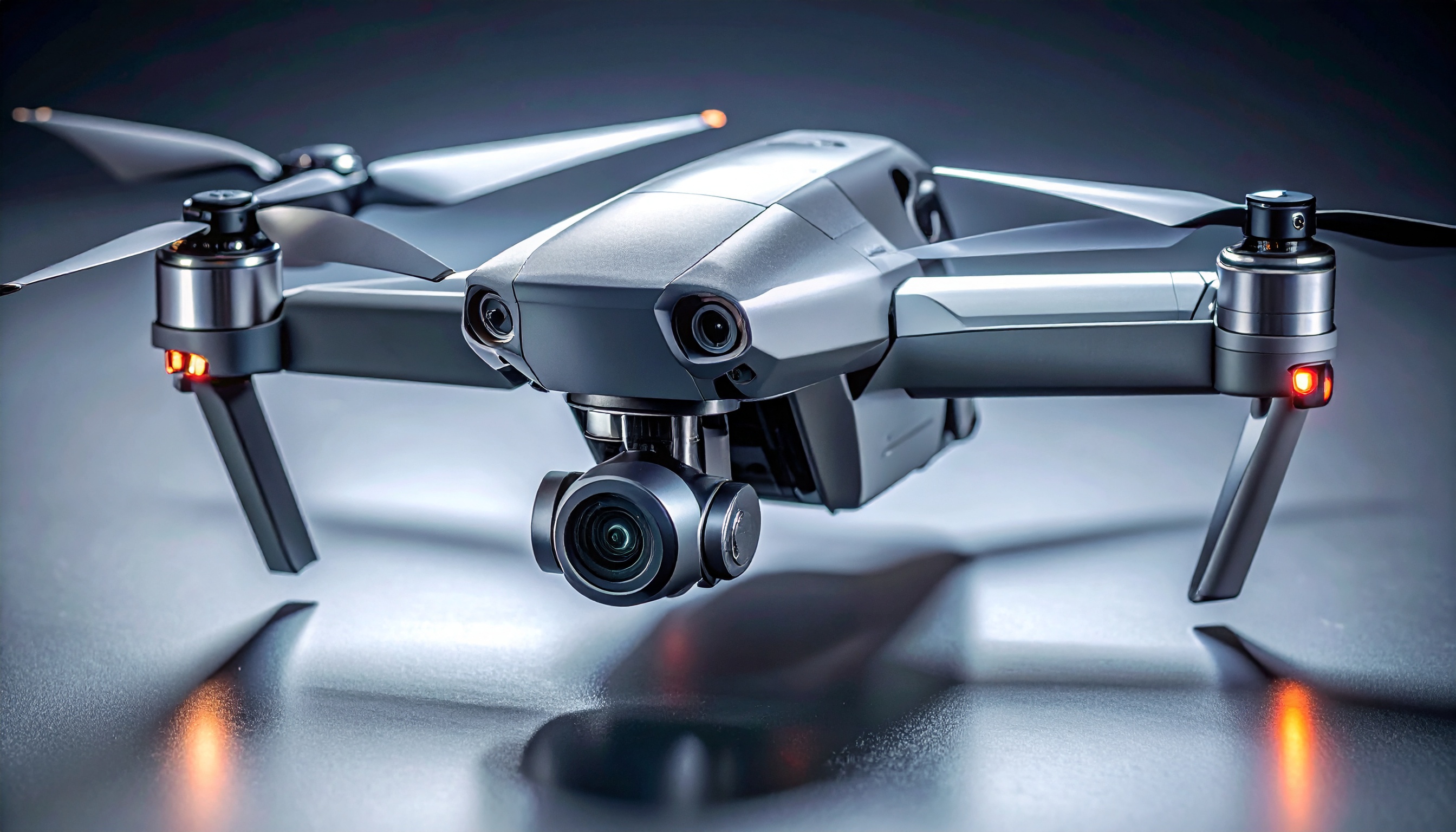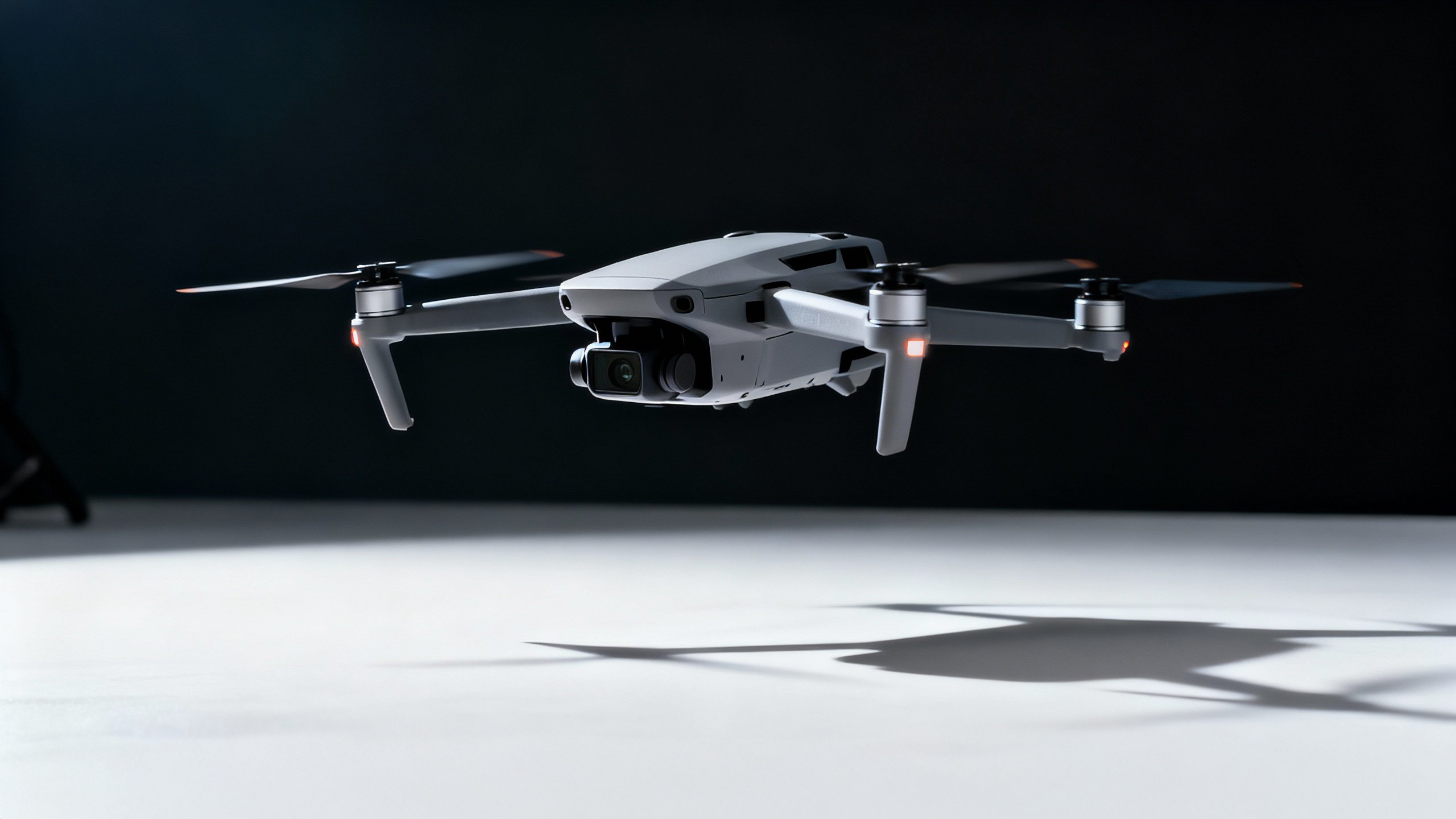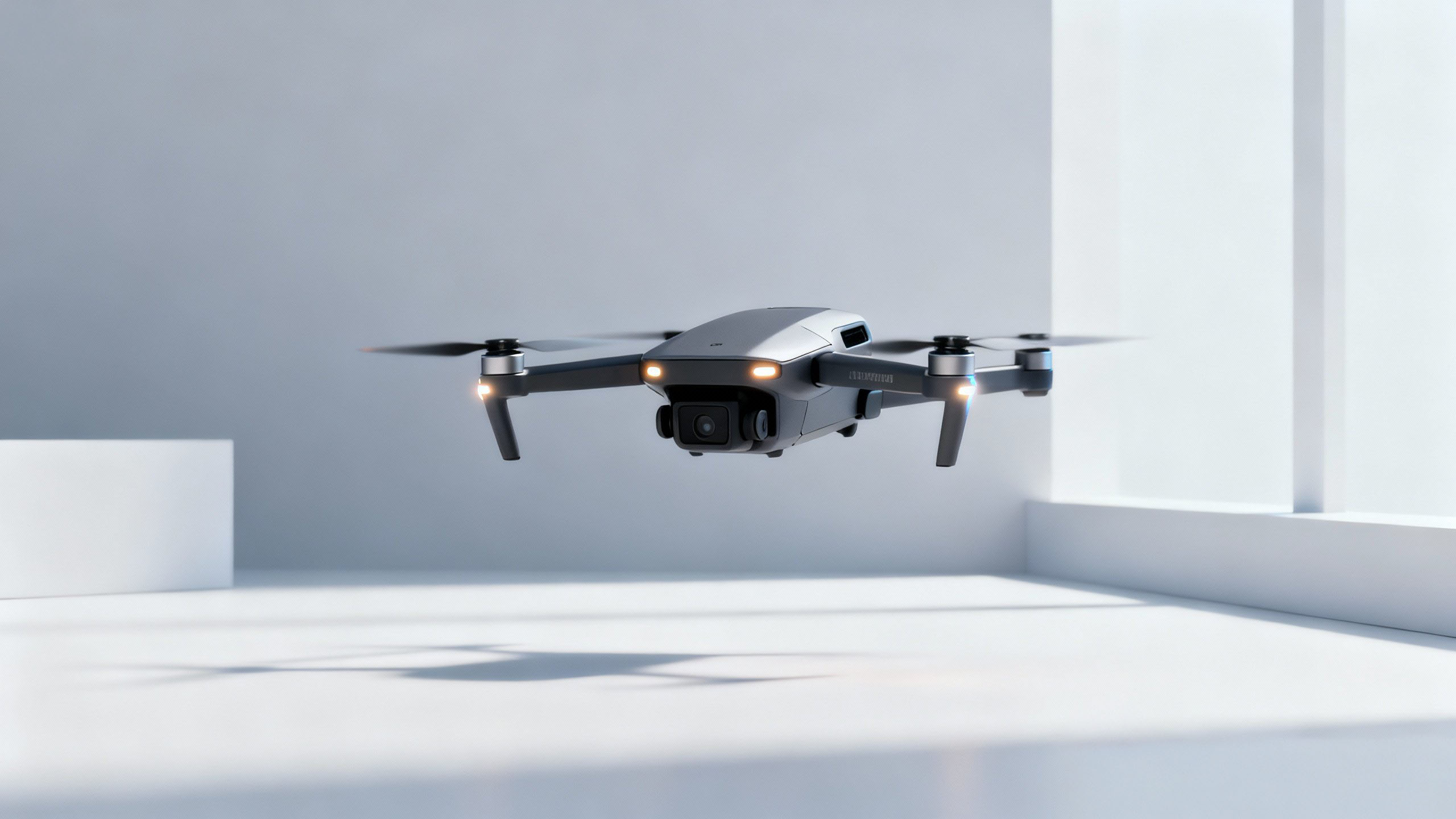The Autonomous Eye: The Future of Aerial Industrial Inspection
The newest generation of unmanned aerial systems (UAS) is fundamentally reshaping the landscape of industrial monitoring and maintenance. These platforms transcend the capabilities of earlier drone technology, operating as fully autonomous, mobile diagnostic laboratories.
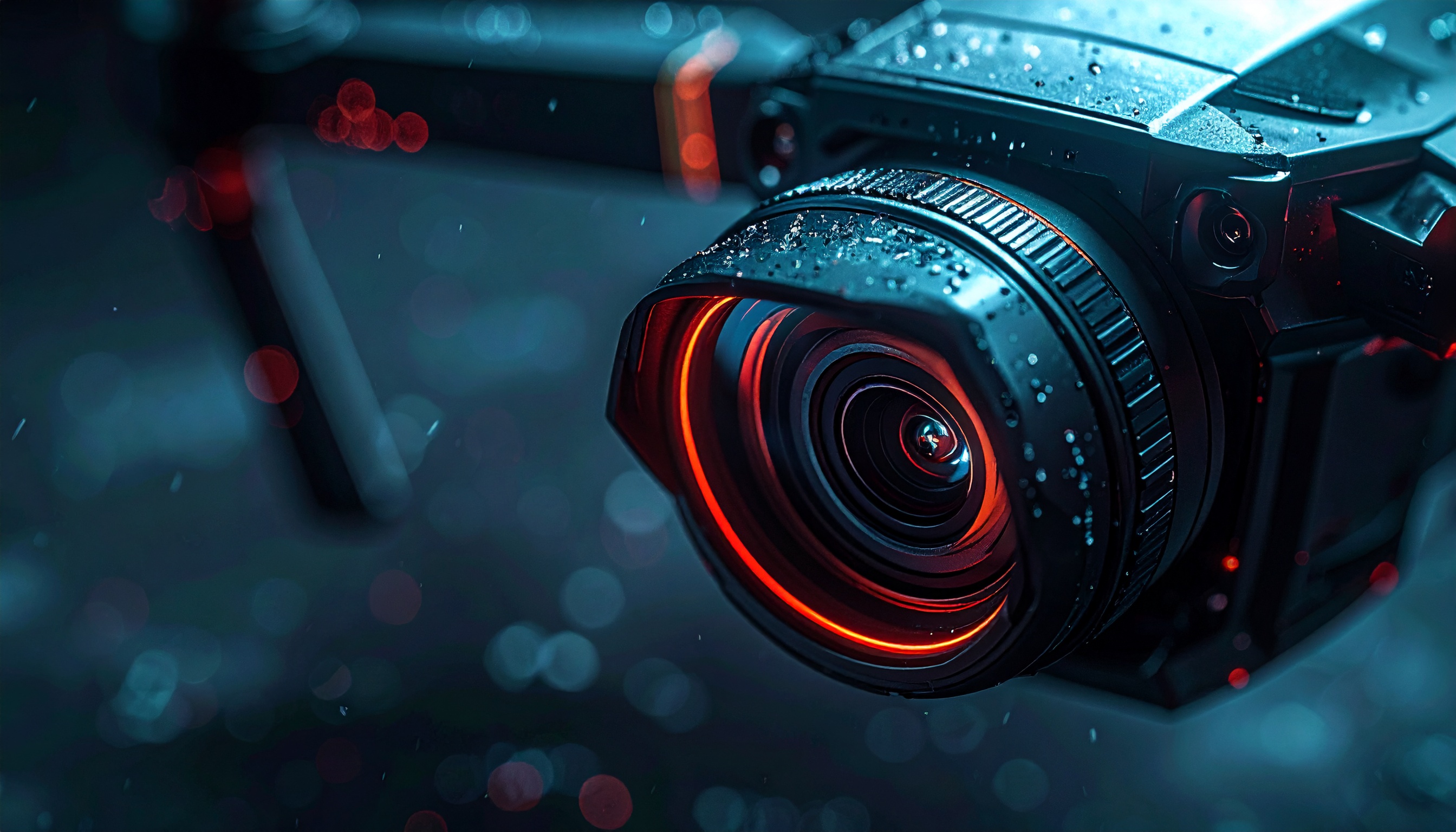
A defining feature of modern inspection drones is their unparalleled stability. Inspection tasks often require sensors to maintain proximity to a surface for extended periods, even in high winds or turbulent air close to large structures. These drones utilize advanced internal compensation systems—often involving counter-rotating masses or proprietary fluid-dynamic dampeners—to achieve near-zero positional drift. This allows the platform to maintain a fixed hover relative to a target surface with accuracy measured in millimeters, a necessity for accurate data acquisition by sensitive testing equipment.
Key Operational Enablers:
- Adaptive Flight Control: Real-time processing of atmospheric data to instantly counteract environmental forces.
- Extended Static Endurance: Specialized battery chemistries provide prolonged, stable hover time, often exceeding two hours under full payload.
- Target-Relative Lock: The drone locks onto a visual or spatial target (like a specific weld or bolt) and autonomously adjusts position to maintain the ideal sensor standoff distance.
Advanced Diagnostic Sensor Fusion
The real power of these inspection platforms lies in their sophisticated, multi-modal sensor arrays. They are equipped to gather data that goes far beyond the surface, offering deep insight into structural health.
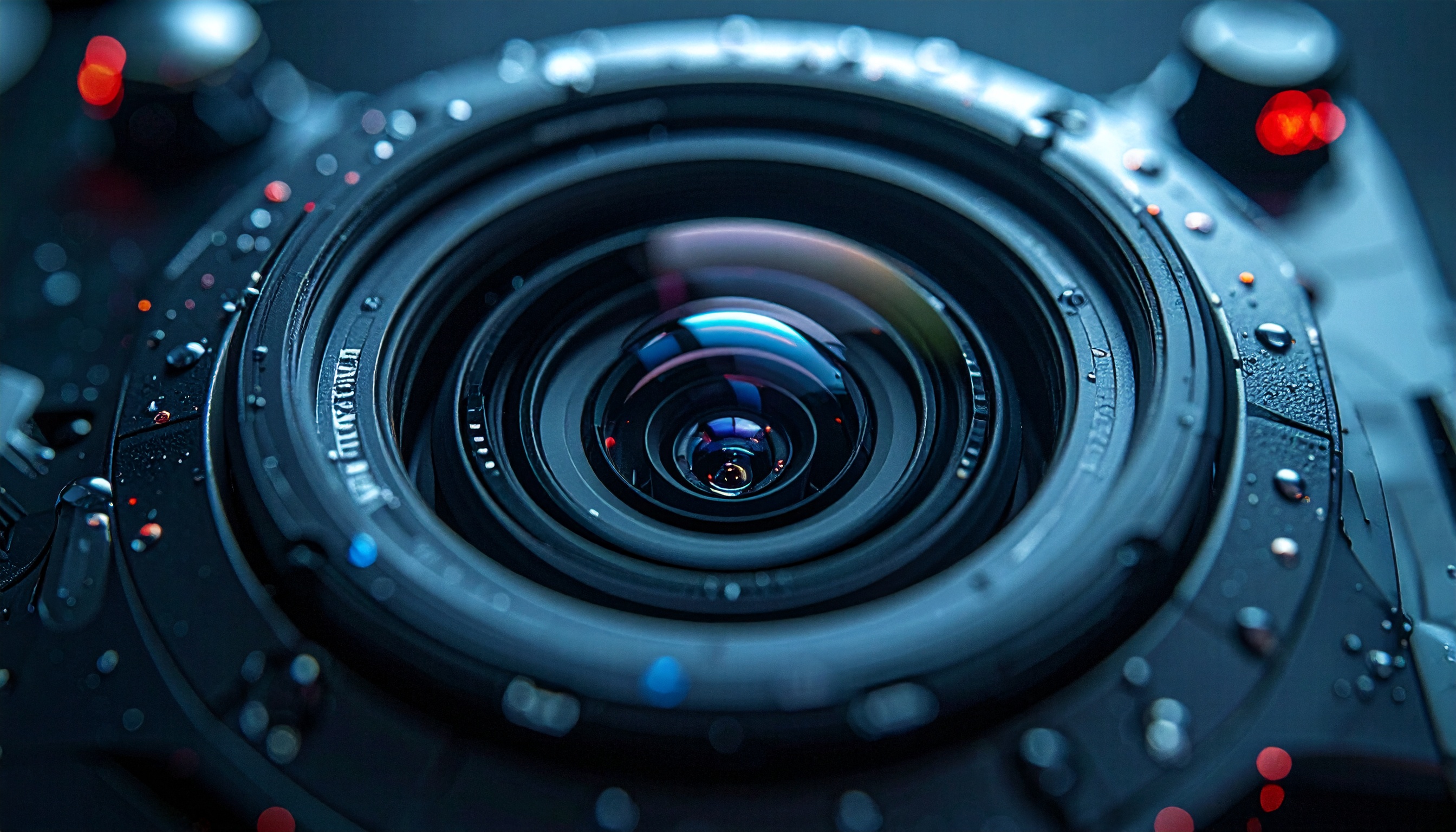
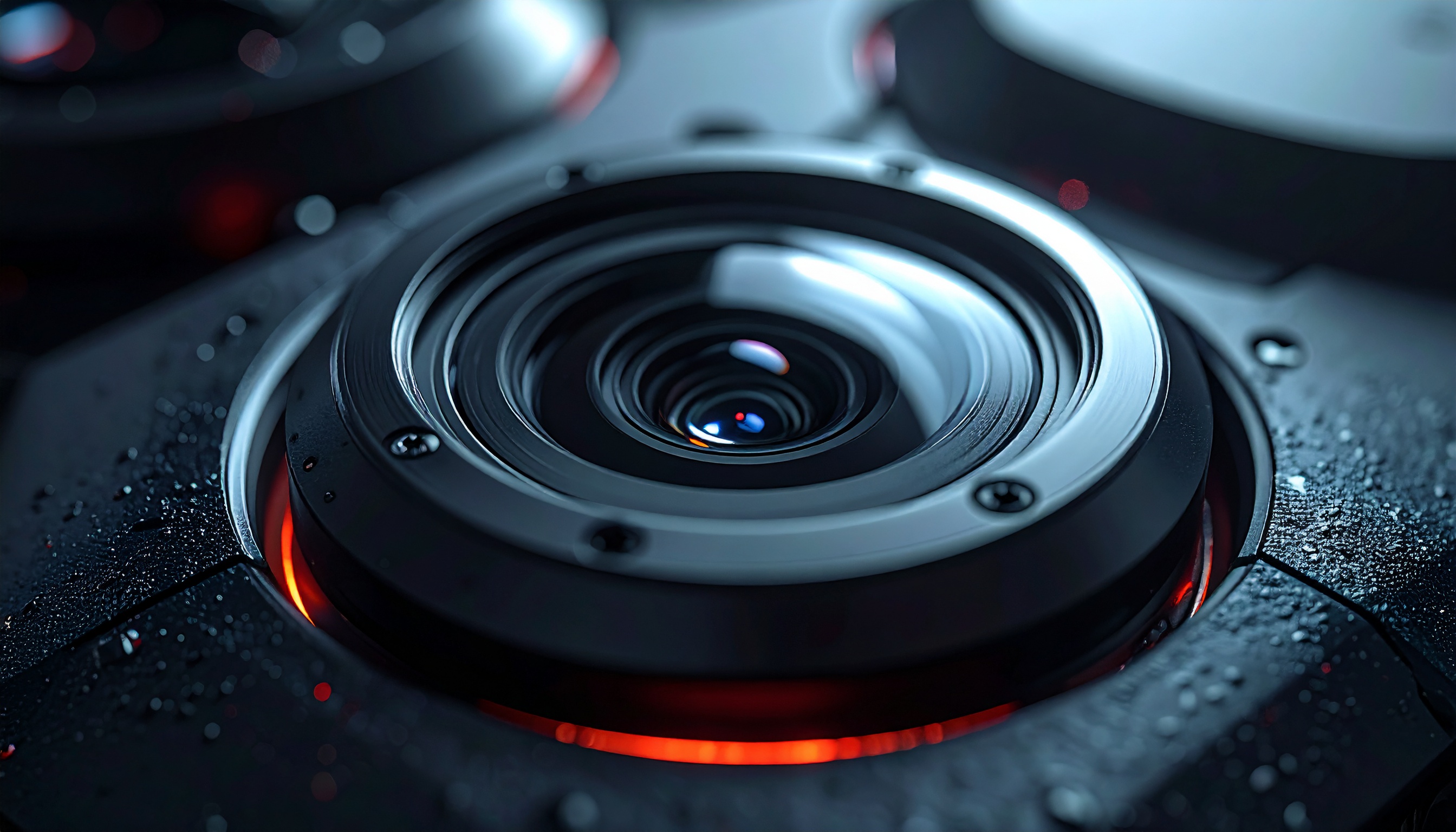
Subsurface Analysis: Many models incorporate cutting-edge Terahertz (THz) or millimeter-wave radar modules. These instruments safely penetrate non-metallic coverings (such as paint, insulation, and composite materials) to detect critical subsurface flaws. Operators can identify internal corrosion, moisture intrusion, air voids, or delamination without physical contact, dramatically enhancing the speed and scope of preventative maintenance.
Tactile Inspection Capabilities: For scenarios demanding direct physical contact—such as ultrasonic testing, eddy current analysis, or sampling—certain advanced models feature highly articulated robotic micro-arms. These arms are independently stabilized and guided by onboard vision systems, allowing the drone to place specialized NDT probes onto precise points of interest, such as complex weld geometries or high-stress zones on turbine blades.
The shift to these integrated aerial systems means that maintenance teams are transitioning from merely fixing failures to predicting them. We no longer rely on visible damage; we analyze the integrity of the material itself.
Autonomous Workflow and Data Integrity
Modern inspection drones are characterized by their autonomy throughout the entire workflow. The human operator defines the inspection objective (e.g., "Scan all piping in Unit 4"), and the drone's onboard intelligence handles the rest. This includes automatic path generation, obstacle avoidance (even in cluttered industrial environments), and optimal sensor configuration.
Crucially, all collected diagnostic data—be it THz volumetric scans, high-resolution optical images, or ultrasonic readings—is automatically geo-referenced and time-stamped. This data is instantly integrated into the client's Digital Twin infrastructure, creating a dynamic, chronological record of the asset's condition. This automation minimizes human error, standardizes inspection quality, and ensures that maintenance actions are based on superior, verifiable evidence, leading to massive improvements in operational safety and asset lifespan.

